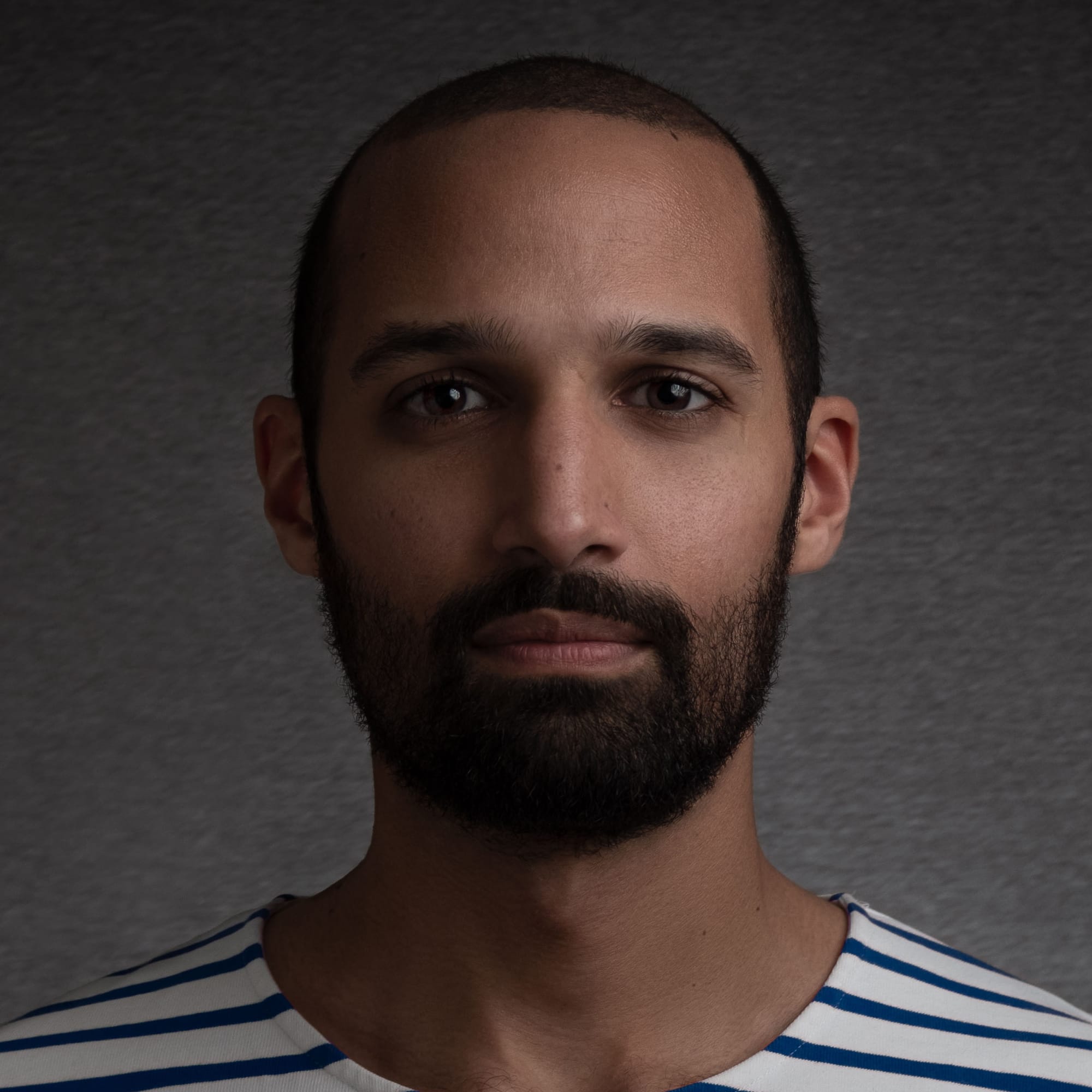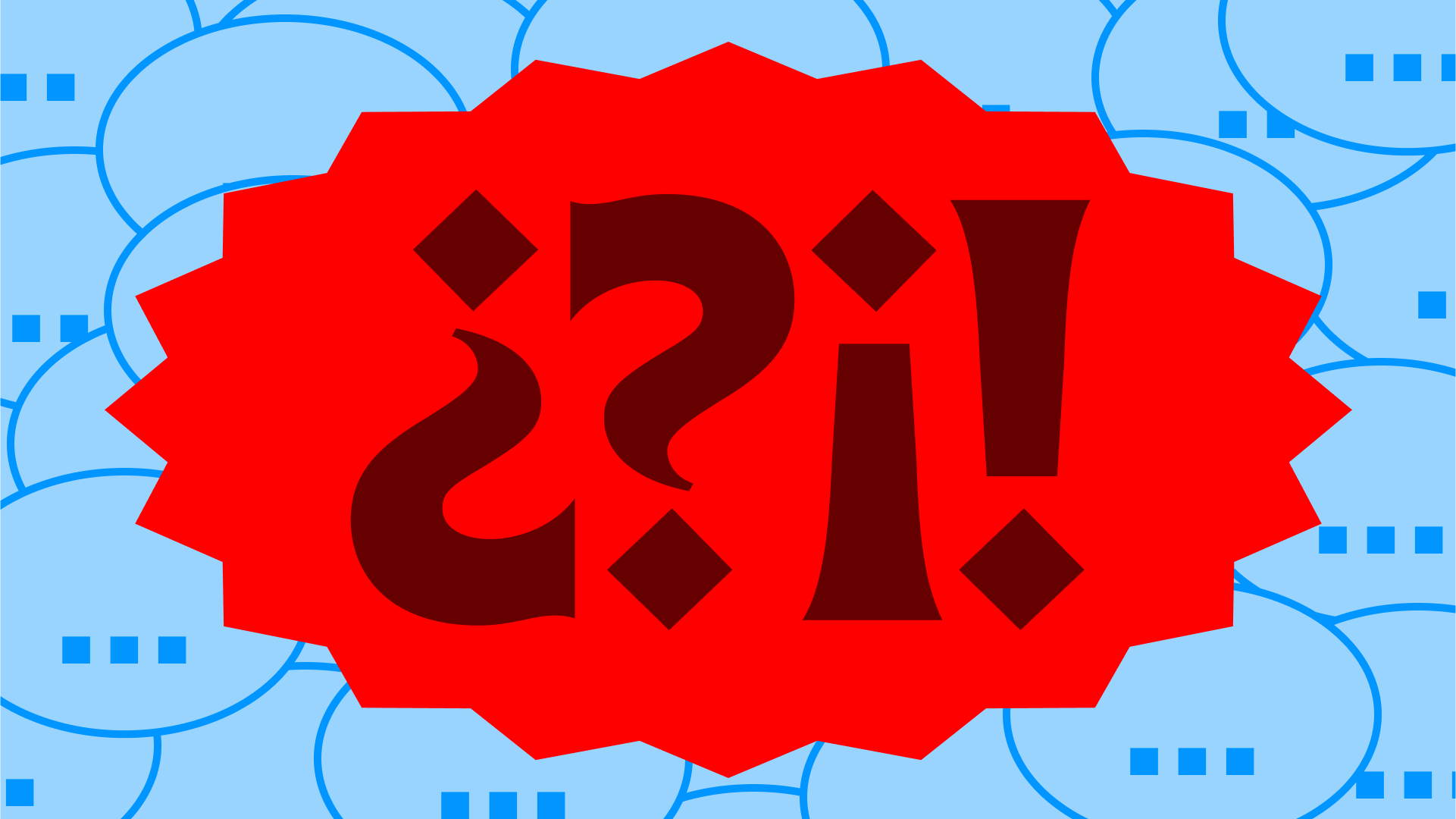The 400-year-old mentality that still influences design
The worldview that made design is dying a slow death, but change tends to happen not-at-all, and then all-at-once.

Capitalism is stronger than ever, but its public image is imploding under its own weight.
How can that be?
While capitalism might seem more and more exacerbated, critiques of it have also reached a fever pitch. In the design industry, a bastion of capitalism, this critique has regained popularity in the past 5-6 years, with books chronicling how our industry aids and abets capitalism’s ills—among these, CAPS LOCK, Designs for the Pluriverse, Design after Capitalism, What is Post-Branding?, What Design Can't Do, and more. Before these, critiques like Victor Papanek’s now half-century-old Design for the Real World and 1995’s The Green Imperative were also popular.
Outside of the design industry, critiques have also been voiced for decades. Centuries, even. Ok—truthfully, since the inception of the capitalist system. Until the arrival of public services demanded by socialist movements in the late 1800s, capitalism had been a scourge for everyone except the capitalist class, and with that scourge came revolts, revolutions, literature, and calls for a new system. The idea that capitalism improves social welfare is actually (surprise, surprise) an appropriation of gains won by opponents of capitalism.
Shifting discourse
The evident effects of the climate crisis seem to be changing the discourse. We all see increased temperatures, wildfires, floods, droughts, and hurricanes. While capitalism has always survived because it externalized the harms it created, it’s evident that those harms were only ever externalized on paper; the climate doesn’t care about the stock market, GDP, or other economic fantasies humans make up.
The confluence of these increasingly unpredictable weather patterns and a more politically conscious youth, who are not as tied to the current system, could potentially create significant change quickly. The Boomer generation’s luck of the draw, which landed them in the golden age of capitalism, heavily influenced how their politics changed over time; the older they got, the more possessions they had, and the more conservative they became.
The same can’t be said about the following generations. What is there left to conserve when we can’t afford houses, children, or, in many cases, basic economic stability? Faith in a political system is earned, and the current system has earned nothing for Gen Alpha, Gen Z, most Millennials, and some Gen X’ers.
But this estrangement from capitalism is accompanied, perhaps more subtly, by the skepticism of the dualist* mindset with which it’s deeply entwined. Science, which has long been a field of setting boundaries on what is (or isn’t) legitimate, is starting to understand ideas that animist cultures have known for centuries. Everyday people are noticing how many of the normative stories—around everything from gender, health, happiness, and success—we’ve been fed over the years are just that: stories. In recent years, there’s even greater enthusiasm around esoteric practices like astrology, tarot, and paganism, maybe due to the falling popularity of monotheistic religions.
To understand why capitalism is dying and how this affects society and design, we must put a magnifying glass on dualism.
* This mindset is also known as mechanistic thinking, Cartesianism, rationalism, or Separationism. It’s the mindset made famous by the Enlightenment.
The Ministry of Truth
Dualism is the standard attitude of most Western cultures, which uses science and reason as the basis for decisions. While that sounds great in theory, the process of making it the standard has been, for many, more akin to the coercion and doublespeak of George Orwell’s 1984.
I want to talk about a few aspects of this mindset, how we’ve internalized them to the point that they’re invisible, and what effect that has on design.
War is peace (Separation)
Separation—of divine and earthly, mind and body, men and women, able and disabled people—serves to consolidate power and dispel resistance. Separation gives leverage to the powerful. It causes infighting. It obscures connections. The place of privilege that humanity, the mind, men, or the able hold in society are used as self-justification for that same privilege; without creating separation, there is no privilege and, therefore, no dominance.
This separation relies on an emotional numbness from ourselves, others, and nature. Within this paradigm, emotions are a liability, busy and individualistic workers are ideal, and our disassociation from nature allows us to exploit it. Capitalism couldn’t survive without these numbing agents, and as a bulwark, it ensures numbness is the number one product.
This numbness often seeps into design in insidious ways—especially when paired with technology, its partner in crime—creating a dealer-user relationship instead of one that creates agency. It makes us see design as an instrumentalist profession whose primary focus is on how impactful we make a project or what our technique was rather than assessing the harm (or benefit) the project might cause. Our hyper-specific, differentiated—in other words, marketable—design practices reinforce the individualization that separation encourages; the more we compete, the less we collaborate, and the less power we have.
Freedom is slavery (Productivity)
A second element of dualism is the glorification of productivity.
During the 15-16th centuries, as capitalism developed as an economic system, a shift occurred in how the body was viewed: from something that had innate worth to something that only had worth if it was producing something (generally, for capitalist ends). This transition, previously forced on nature, played out in various ways.
Women began to be valued only inside the house, and even then, only concerning how well they obeyed their husbands in cooking, cleaning, and birthing children. 16-17th century women were forced out of social, political, and work life. On the threat of sexual assault or death, many times, their only option was to be wholly subordinate to their husbands and/or hide themselves from public view. As Silvia Federici explains in Caliban and the Witch,
One of the main rights that women lost was the right to conduct economic activities alone, as femme soles. In France, they lost the right to make contracts or to represent themselves in court, being declared legal ‘imbeciles.’ ... In the Mediterranean countries women were expelled not only from many waged jobs but also from the streets, where an unaccompanied woman risked being subjected to ridicule or sexual assault. In England, too, (‘a women’s paradise’ in the eyes of some Italian visitors), the presence of women in public began to be frowned upon. English women were discouraged from sitting in front of their homes or staying near their windows.
In the 19th century, mentally ill and disabled people were jailed or euthanized because, through their idleness and ‘irrationality,’ they undermined the ‘reason’ and productivity that the theory of Enlightenment promoted. Later, psychiatry and psychology emerged out of a desire to push these people back into the workforce so they could continue producing instead of being condemned to outright segregation or death.
By the early 20th century, eugenics took hold among prominent politicians like Winston Churchill, who said that the “unnatural and increasingly rapid growth of the feeble-minded classes, coupled with a steady restriction among the thrifty, energetic and superior stocks constitutes a race danger.”
Rather than a simple output metric, productivity was—and in many cases, still is—tied to morality and social worth. The upper class, aided by the religious ideals of Protestantism, washed their hands of the oppression inherent in continually increasing productivity by convincing the masses that productivity is a virtue, not an imposition. Any deviation from this virtue was an excuse to be ostracized.
It’s not a stretch to see how this continues to impact us today. Disconnected from any true sense of communal support, designers often shun solidarity for efficiency and refuse to question the role of work in our lives.
On one hand, this is, again, because busy, individualistic workers don’t have the time or wherewithal to think about systemic effects—all that matters is doing better, faster. On the other hand, it’s because the capitalist paycheck hypnotizes us: the design industry has a strong through-line of promoting ‘consumption for happiness’ and even ‘consumption for distraction’—only when demand for consumption fades do we realize or critique our involvement or responsibility in the boom-bust cycle.
Ignorance is strength (Normality)
The last idea that took hold in this same period was ‘normality.’
Science was twisted to legitimize this social rule, which was then applied wholesale to body types, skin color, facial features, cognitive abilities, marriage status, social class, and more. Phrenology mainstreamed normality among the public and explicitly reinforced, through biased statistics, the already implicitly accepted idea of white, middle/upper class, cognitively able people as superior to all other races, classes, and cognitive abilities. In this way, science was an alibi for domination.
Capitalism during this time affected health physically through poorer working and living conditions, heavy pollution, and lost hands or fingers, but also in structural and conceptual ways. The rhythmic pace of the factories set the pace for working, and thus for ‘normality,’ while, at the same time, a population expansion reduced the social leverage of individual workers. People were forced into the box or left behind, and the conception of the body shifted from a dynamic organism to a machine that was either working or broken.
Normality applied to those outside of Europe as much as those within it, and with that distinction, the binary was created between the ‘civilized’ and ‘uncivilized.’ Ironically, although the pejorative of ‘savage’ or ‘uncultured’ was (and sometimes is) lobbed at Indigenous people, it was (and still is) those same people who, through their resources, cultural ideas, and forced labor, funded Europe’s—and later, America's—rise to power, its concept of liberty, and overgrown standard of living.
Many habits we take for granted in modern times started with the need to separate reason from body, holiness from filth, and civilized from uncivilized. Again, from Silvia Federici:
Many practices began to appear in daily life to signal the deep transformations occurring in this domain: the use of cutlery, the development of shame with respect to nakedness, the advent of ‘manners’ that attempted to regulate how one laughed, walked, sneezed, how one should behave at the table, and to what extent one could sing, joke, play.
How much of our desire for ‘good design’ comes from the idea that lousy design is ‘uncivilized’ or that the uncivilized can become at least a little ‘civilized’ or ‘normal’ by adopting good design? The idea of ‘good design’ comes from an era that praised the universalist, totalizing design theory (and aesthetic) of modernism, which, despite all the beautiful lines it produced, was, at its base, a paternalistic attempt to say, ’This is the way.’
In Designs for the Pluriverse, Arturo Escobar notes that
it is practically impossible to demarcate a single, stable real. To be able to do so, one has to parcel out entire domains of the meshwork as inanimate; … indeed, moderns imagine the world as an inanimate surface to be occupied; for many relational cultures, on the contrary, humans and other beings inhabit a world that is alive.
This ‘single, stable real,’ this standardization, tends to replace vernacular culture with frictionless efficiency—the cultural equivalent of clear-cutting a forest and planting a monocrop. It’s time to stop imagining that modernism holds all the answers, just as a plantation doesn’t hold biodiversity.
New truths
How does this all tie back to my statement at the top of this post claiming that capitalism’s ‘public image is imploding under its own weight’?
Believe it or not, we’re in a moment similar to the 1400s, when the Black Death wiped a large portion of the population off the European territory. That pandemic made mortality an omnipresent issue in daily life, which caused people to understand life is about more than social hierarchies and changed everything from work ethic to sexual attitudes. “For a broad section of the western European peasantry,” says Federici, it was “a period of unprecedented power.”
While power dynamics haven’t shifted to the same degree, I think something similar has happened with COVID. In the few years since, exploitation and corporate profits have reached new heights, but at the same time, our muscle for questioning and desire for change have gotten stronger. We’re looking for new ways to relate with each other, our technology, our work, our pleasure, and ourselves.
A relational mindset is gestating and, in small ways, starting to erode the dualist, separation-dependent mindset. The design industry would be wise to follow this pattern. By flipping the ideas outlined above, we can lead the design industry to a more fulfilling place—aligning our work with the value of relationships instead of capital.
What if we based our truth on collectivity and sensitivity instead of separation and numbness?
On sense-making and solidarity with people instead of profit and efficiency for corporations?
On a diversity of cultural ideas instead of a homogenization of them?
That's all for this week! Thanks for reading.
To help these ideas spread, please consider sharing a link to this issue or the entire newsletter with your friends or on social media.





Discussion